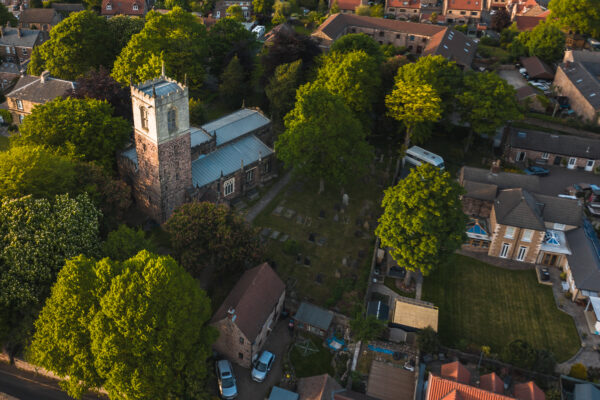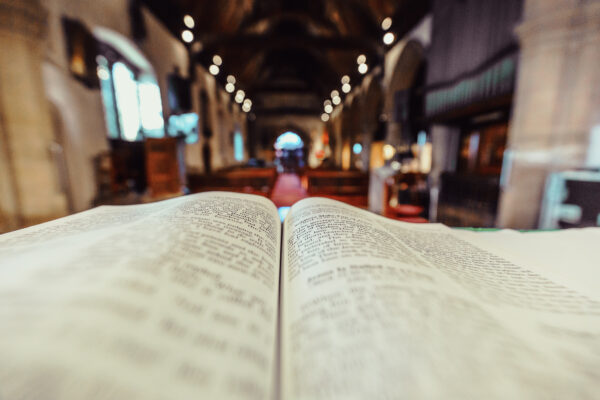Sunday 14th April
Year B, The Third Sunday of Easter: White
Readings:
- Psalm 4: 1-8
- [Zephaniah 3: 14-20]
- Acts 3: 12-19
- 1 John 3: 1-7
- Luke 24: 36b-48
(Acts 3.12 should be used as either the first or second reading.)
Background
The empty tomb was mysterious and disorientating enough, but it is the resurrection appearances of Jesus that really cause a stir. When the gospels were written there were already plenty of stories around from ancient literature about individuals being found alive after supposedly dying, or returning from death and appearing before people as ghosts or apparitions. However, the gospel writers do not draw upon these, they record something rather different.
Jesus’ appearances after his crucifixion and burial are both ordinary and extraordinary.
He walks and talks and eats with his disciples just as he used to. Yet he seems to have a different mode of being and appearance. He can be touched, but he also passes through doors. He doesn’t have a resuscitated old body, but he isn’t some spirit-like ghost either. Rather, he seems to have a physical body that has gone through death and come out the other side; transformed into a new creation that although not instantly so, is still recognisable as Jesus.
In the intervening 2000+ years there has been a lot of debate about this. Here are some seriously unnuanced headline perspectives.
The New Testament was written after, yet continues to be widely interpreted in the light of, Greek philosophy. Here we have on the one hand Platonic notions of the soul (reason, spirit and appetite) being released upon death from an imperfect material body, and on the other, Aristotle’s insistence that the body is needed for the soul to experience anything and therefore they are essentially one. (I am going to have to leave proper discussion of spirit and soul for another time!)
During the Enlightenment the resurrection began to be viewed as a misunderstanding of spiritual experience, or some kind of cover-up either by the disciples or the authorities.
Some insist on the bodily resurrection as historical fact.
Others suggest that rather than the resurrection being an objective miracle, the collective subjective memories of the disciples were so strong that they gave rise to a mythical risen Christ, which was believed in by those who had not been there to witness events for themselves.
Some suggest that because Jesus was and continues to be preached, he has been raised up, taken into and is present in the proclamation of the Good News.
Others look to the different ways in which Christ is said to be present in the Eucharist.
All of that notwithstanding, Jesus’ risen body as it was originally conceived (rather than later explained) is crucial for not misunderstanding New Testament teaching about life and death in Christ.
Paul does not make a contrast between body and soul when he teaches that:
- we are animated and sustained by our connection to the creator God
- through faith we already reside within the new creation made possible and inaugurated by the risen Jesus
- nothing, not even death, can separate us from the love of God
- the new creation will be complete when Jesus returns
(If you are interested in exploring this stuff further please contact Rachael for access to the Hub for free ebooks including Alister McGrath, ‘Introducing Christianity’ especially 10, Paula Gooder, ‘Body: Biblical spirituality for the whole person’ and Rowan Williams, ‘Resurrection’. Hardcopies are also available from the resource centre.)
Reflection
Of course, we cannot know whether any of the above is right or wrong or completely missing the point altogether! However, we might pause to ponder whether we have some unquestioned assumptions about bodies that belong more to Plato and the Old Testament, or perhaps airbrushed media, than to Paul and the new creation.
Too many words already, but I want to finish by sharing a poem by Janet Morley.
The Bodies of Grown Ups
The bodies of grown ups
come with stretchmarks and scars,
faces that have been lived in,
relaxed breasts and bellies,
backs that give trouble,
and well-worn feet:
flesh that is particular
and obviously mortal.
They also come
with bruises on their heart,
wounds they can’t forget,
and each of them
a company of lovers in their soul
who will not return
and cannot be erased.
And yet I think there is a flood of beauty
beyond the smoothness of youth;
and my heart aches for that grace of longing
that flows through bodies
no longer straining to be innocent,
but yearning for redemption.
From ‘All Desires Known’



